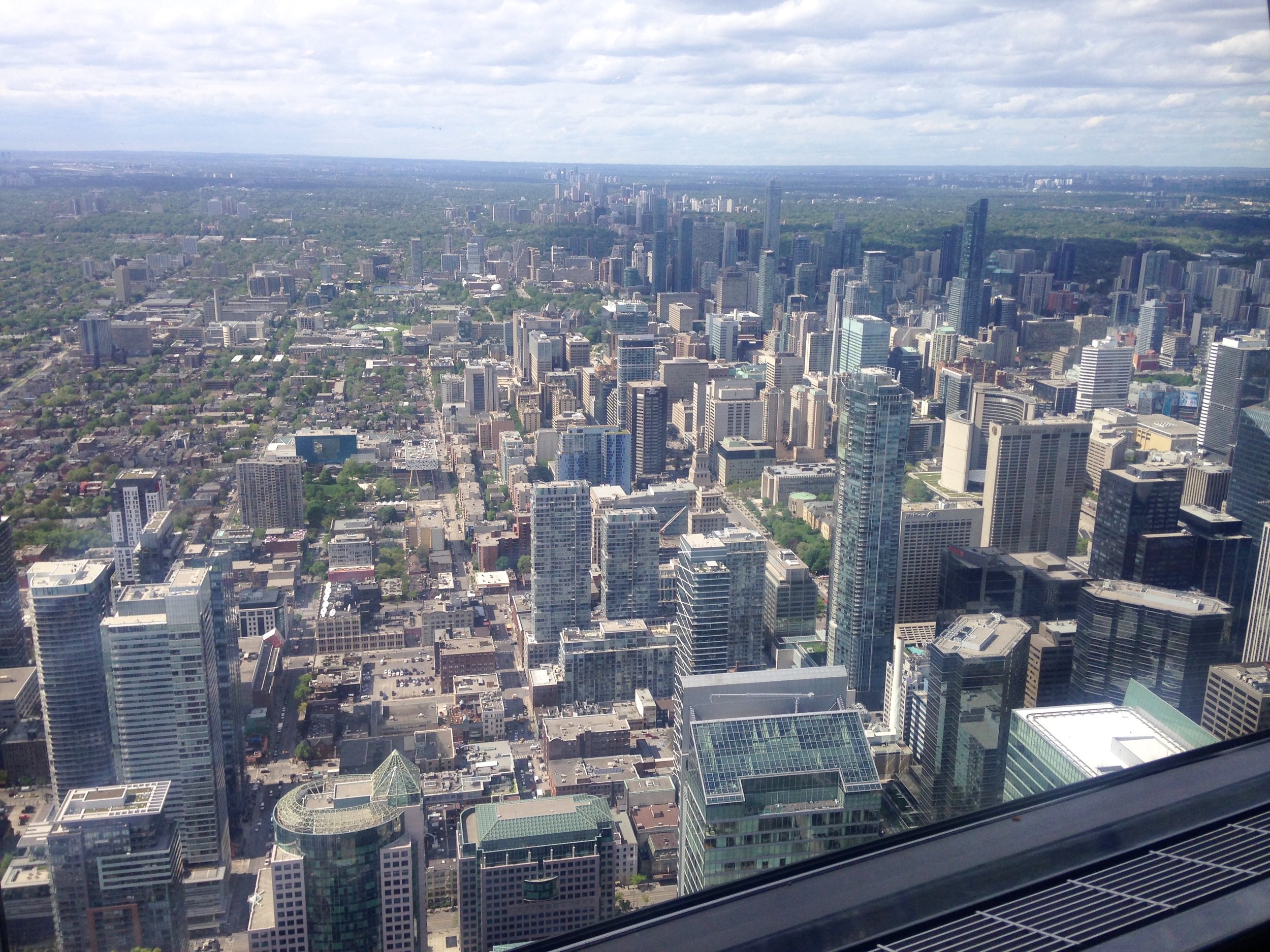Toronto: Distillery and Canary Districts
I’m not sure which is stranger: Toronto’s Distillery District which is screaming ‘place’ so loudly at you it hurts, or the new non-place just east of it, the West Don Lands. Toronto is the land of Jane Jacobs, the 20th century proponent of place-making before it became a hackneyed word. Distillery very much follows her rules: a tight street pattern, alleys to explore, mixed use, short blocks, low to mid rise. But it somehow misses: the heritage buildings (magnificent) feel like a theme park, the bars are too ‘obvious’ and the stores pointedly high end. It seems to have been paid for with a couple of white high rise condo towers which seem to bully the frightened warehouses. The place is already full of tourists: it’s missed the ‘local neighbourhood’ phase.
The new insta-hood of Canary (named after a now demolished diner) is macho stuff - dark, bulky, orderly (in a bad way). I am reminded of Nine Elms in London: mid to high-rise islands of lowering real estate, wind whistling through, corporate plazas with self-conscious ‘art’ between, café tables looking lost in the giant order of glass at ground floor. The monotony is relieved by an attractive hilltop park (Corktown Common) at the edge, which contains numerous lush unexpected havens for dwellers of all ages as well as a super view of Toronto’s ever-evolving skyline. But it's all a bit soulless - and not just because it's new.
The line between place and theme-park is now dangerously narrow. Developers are fond of using brochure-ready versions of local history to differentiate and flog ‘place’ to investors or try-hard urbanites. The truth is that ‘place’ is generated by people - individuals, networks, residents, workers, visitors - and takes time to evolve.
The trick is in providing unselfconscious built form and space which enable people to do that under their own steam. Not as easy as it looks.
PS 1 Liberty Village out in West Toronto gives warehouse heritage another try. The meeja and arts tenants are there in their droves, there’s artisanal food and it’s not nearly as cute (in a good way) as Distillery. But cars seem to dominate the public realm and there are some truly gigantic condo behemoths circling in.
PS 2 The high rise condo explosion in Toronto is remarkable, with about 30,000 homes being added to the city every year on average (c. 1.4% per year or a doubling of the population since the 1970s) at a density London seems very shy to emulate. Toronto has 30% of the population of London but delivers 30% more new homes per year. Many in Toronto are nervous about this proliferation: ‘it all looks the same’ is a phrase I heard more than once here, and some report construction quality issues too… (http://urbantoronto.ca/map/)
PS 3 The streetcar is a very civilised – and quick – way to traverse this diverse city.













